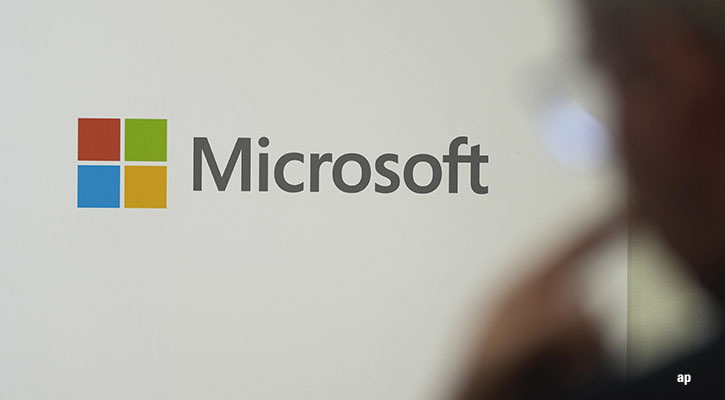Exchange-traded funds (ETFs) offering exposure to the corporate bond market--both investment and non-investment grade (aka high yield)--have started off the year on very sound footing. According to our calculations based on Morningstar fund flows data, aggregate net inflows for European-based corporate bond ETFs during the first two months of 2012 totalled EUR 1.45 billion. Roughly EUR 1.2 billion was channelled into funds tracking investment-grade corporate bond indices and EUR 0.2 billion went into high yield investments. (Morningstar’s latest data also shows money was pouring into fixed income OEICs and unit trusts during the same time period).
The strength of net inflows into these ETFs cannot be underestimated. For starters, it has made corporate debt amongst the most popular investment categories for European ETF investors this period. In fact, EUR investment-grade corporate bond ETFs ranked second only to Global Emerging Market Equity in terms of investor interest. EUR 1.1 billion flowed into the emerging market category, versus EUR 1 billion that went into EUR investment-grade corporate bond ETFs. Moreover, two investment-grade corporate bond ETFs, namely the iShares BarCap Euro Corporate Bond Ex-Financials ETF (IEXF) and the iShares Markit iBoxx Euro Corporate Bond (IBCX) were the second and third most sought-after ETFs in the European market, only surpassed by the equity iShares MSCI Emerging Markets ETF (IEEM).
Taken as a whole, net flows into European-domiciled investment grade and high yield corporate bond ETFs have more than offset the net outflows experienced by government bond ETFs. This has allowed the broad Fixed Income ETF category to post positive net flow readings. This is no mean feat considering that the combined offering of corporate bond ETFs amounted to 27 funds (23 investment grade and 4 high yield) by the end of February, compared to 135 government bond ETFs, which provide exposure to the Eurozone, UK and US government bond markets.
Risk perceptions and yield pick-up key drivers of investor interest
The fact remains that the sovereign debt problems engulfing a fair number of developed economies since the start of the global financial crisis has prompted a substantial shift in people’s investment risk perceptions. This has benefited of corporate debt and, in particular, it has benefited investment-grade paper issued by non-financial corporations backed by cleaned-up balance sheets. Diminished risk perceptions and the offer of a good yield pick-up vis-a-vis AAA-rated government bonds (e.g. credit spreads remain above pre-crisis levels despite a substantial decline in corporate bond yields) has become something of an irresistible combination for investors in the current environment.

The shift in risk perceptions has also benefited the high yield corporate bond category. The impairment of traditional bank lending channels since the start of the crisis has left small and medium-sized companies little option but to call on open markets to meet their financing needs. Data from the Association for Financial Markets in Europe (AFME) shows that high yield bond issuance in Europe marked a record high of EUR 49.7bn in 2011, up from EUR 44.6bn in 2010 and EUR 30bn in 2009. More importantly, high yield bond issuance now accounts for close to 50% of the leveraged market in Europe, up from a 10-20% pre-crisis. This increase in funding via high yield issuance has come hand in hand with a remarkable shift in its end-usage. Post-2008 data shows that 50-70% of raised funding has been used for debt repayment and/or restructuring, up from 10-20% in the pre-crisis years. As a result, we have seen a substantial decline in the rate of high yield bond defaults, which has been instrumental in fostering the perception that the high yield bond market may have become structurally less risky.

Rising market share and new ETF offerings
Whether investors’ perceptions vis-a-vis the corporate bond debt market, and in particular the high yield segment, rest on fully rational assumptions is a matter for debate. After all, the market remains inherently subject to a high degree of volatility, as we clearly saw in the second half of 2011, based on the threat of a full-blown banking crisis in the eurozone. Still, all things considered, it come as no surprise that the overall market share for corporate and high yield bond ETFs in the European market has increased to roughly 30% of fixed income ETF assets from 25% a year ago, while that of government bonds has decreased to 53% from 60%.
Equally, it comes as no surprise that amongst the new batch of fixed income ETFs that have come to the marketplace so far this year, the two products offering exposure to the high yield bond market are the ones capturing the most attention.
Launched in early February, the SPDR BarCap EUR High Yield Bond ETF (SYBJ) is a physically-replicated fund tracking the BarCap Liquidity Screened Euro HY Bond index, which includes maturities up to (but not including) 15 years with a minimum outstanding of EUR 250 million. It charges a total expenses ratio (TER) of 0.45%.
A more recent addition--in fact, a few days old as of this writing--is the PIMCO Source Short-Term High Yield Corporate Bond ETF (STHY). Also physically replicated, this USD-denominated ETF tracks the performance of the BofA Merrill Lynch 0-5 US HY Constrained index. This is the first ETF in the European market to offer exposure to the short-dated maturity segment of the high yield--in this case US--bond market. The PIMCO Source ETF is marketed as a volatility-minimisation tool, and one that relies on the expertise of PIMCO managers to monitor the quality of the fund’s constituents by applying an in-house rating system to ensure the lowest possible degree of default risk. The price for what PIMCO Source describes as “smart passive methodology” is a comparatively higher TER of 0.55%.
High Yield ETFs in Europe
























